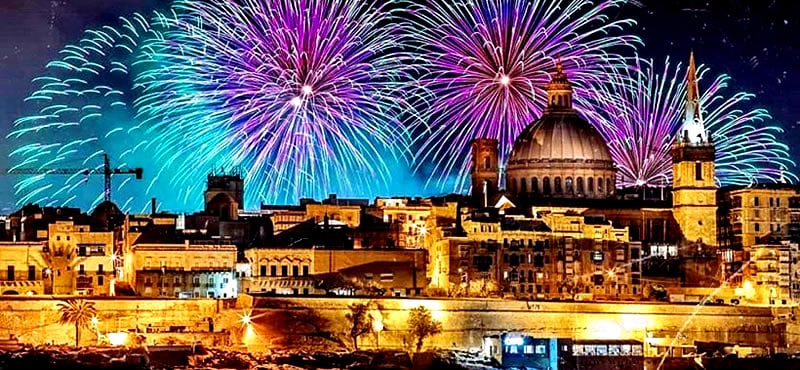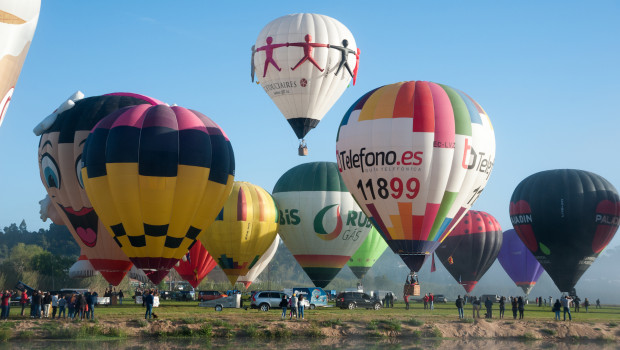Northern Lights need no introduction

We spend most of our (writing) time talking about places and popular events, but today, seen that the season fits the subject, we are going to talk about life (and nature’s) little miracles. Northern Lights need no introduction, but we are going to talk a bit about this phenomenon and the places where it can be best seen.
Northern Lights (as they are popularly called) or Aurora Borealis (by their scientific name) are a spectacular natural light display, mostly visible in the Arctic and Antarctica (at high latitude). The scientific explanation to this event is that charged particles enter the atmosphere causing optical emissions through the ionisation of the constituents that make up the atmosphere.
The one who coined the term “aurora borealis” was Galileo in the year 1619, putting together the names of the Roman goddess of the day, Aurora, and the Greek term for north wind.
Like all natural phenomena that can not be easily explained, the Aurora Borealis was shrouded in mystery and superstitions in the past. The Native American Cree tribe called the Northern Lights “Dance of the Spirits”, believing the souls of the departed came closer to the Earth during the cold season to dance with the living.
In Europe, during the Middle Ages, auroras were believed to be a sign from God. Actually, even later on, during the Civil War after the Battle of Fredericksburg, Virginia, the Confederates believed that God was on their side as they saw the lights descend on the battlefield every night.
Apart from the Pole, there are several amazing places where you can go and see the Northern Lights. Above the Arctic Circle, the northern city of Tromso in Norway is renowned for this event. Neighbouring countries Sweden, Denmark and Finland also display the aurora; as do Iceland, Alaska, Russia Greenland and the very cold parts of Canada. And there is another location you might have never guessed: Scotland!





